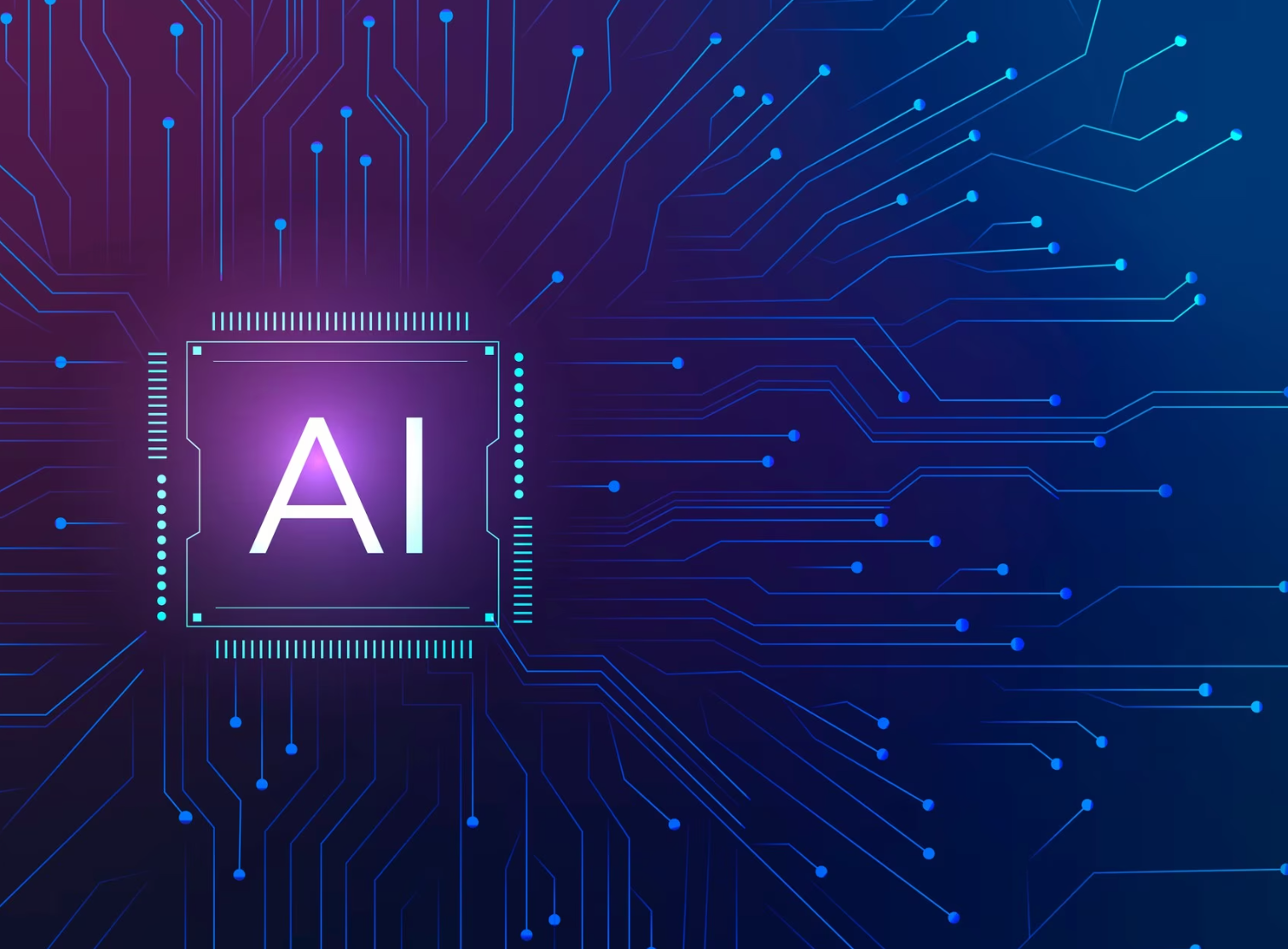
Introduction: Machine learning algorithms have become the backbone of modern technological advancements, enabling computers to learn from data and make intelligent decisions. From personalized recommendations to fraud detection, these algorithms have revolutionized numerous industries. In this blog post, we will explore the fundamentals of machine learning algorithms, their applications, and how they drive innovation and insights across various domains.
- Understanding Machine Learning Algorithms: Introduce machine learning algorithms and their role in enabling computers to learn patterns from data. Discuss the distinction between supervised, unsupervised, and reinforcement learning algorithms, highlighting their unique characteristics and use cases.
- Supervised Learning Algorithms: Explain the concept of supervised learning and the algorithms associated with it, such as linear regression, logistic regression, decision trees, and support vector machines. Discuss how these algorithms are trained using labeled data and their applications in tasks like classification, regression, and prediction.
- Unsupervised Learning Algorithms: Explore unsupervised learning algorithms, including clustering algorithms like k-means and hierarchical clustering, as well as dimensionality reduction algorithms such as principal component analysis (PCA) and t-SNE. Discuss how these algorithms can discover hidden patterns, group similar data points, and uncover insights from unlabeled data.
- Deep Learning and Neural Networks: Introduce the concept of deep learning and neural networks, which have gained significant popularity in recent years. Discuss the architecture and working principles of artificial neural networks, convolutional neural networks (CNNs), and recurrent neural networks (RNNs). Showcase their applications in image recognition, natural language processing, and time series analysis.
- Reinforcement Learning Algorithms: Highlight the unique characteristics of reinforcement learning algorithms, which enable agents to learn by interacting with an environment and receiving feedback in the form of rewards. Discuss the Q-learning algorithm, policy gradients, and Monte Carlo methods. Showcase their applications in game playing, robotics, and optimization.
